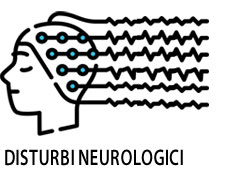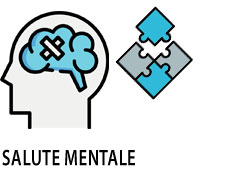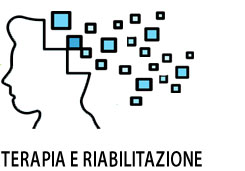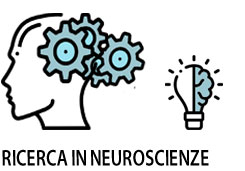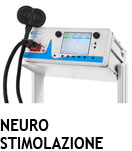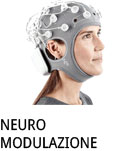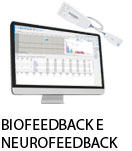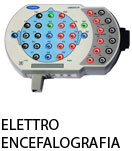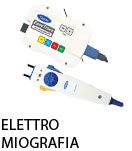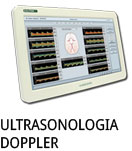- +39 011 5821948
- info@geasoluzioni.it
- Lun - Ven 8:00 - 17:30
Repetitive transcranial magnetic stimulation (rTMS) using different TMS instruments for major depressive disorder at a suburban tertiary clinic
- Abstract:
- Repetitive transcranial magnetic stimulation (rTMS) is a neurostimulatory technique used to modulate orbital frontal corticostriatal (OFC) activity and clinical symptomatology for psychiatric disorders involving OFC dysfunction. We examined the effectiveness of rTMS in the treatment of major depressive disorder in an applied clinical setting (Awakening KC CNI) to assess efficacy and optimize rTMS parameters within clinical practice. A retrospective review of medical records was carried out on patients with major depressive disorder undergoing rTMS therapy at Awakenings KC Clinical Neuroscience Institute (CNI), a suburban tertiary psychiatric clinic. A detailed de-identified data set of clinical outcomes was compiled. Patient Health Questionnaire 9 (PHQ-9) total score, clinical remission rate and week achieved were evaluated over 6 weeks of treatment to assess clinical response referencing two different rTMS instruments (MagVenture; NeuroStar). Our survey included 247 participants from males (N=98) and females (N=149) with average baseline PHQ-9 scores of 21.7±4, classified as severe depression. Clinically rated remission rates of 72% were achieved in 3.1±1.0 weeks and associated with prior history of psychiatric hospitalization, suicide attempts and substance use disorder. Average baseline PHQ- 9 scores decreased significantly over time with proportionately greater remission rates achieved for patients treated using the MagVenture over NeuroStar instrument. rTMS in applied clinical practice is efficacious over a wide range of settings and patients. Clinical response was related to severity of depression symptoms (e.g., prior hospitalization; suicide attempts) validating efficacy in critically ill groups. Clinical response may be impacted by rTMS instrument, magnetic field parameters or individual factors.
- Patologie/Applicazioni:
- Anno:
- 2019
- Tipo di pubblicazione:
- Articolo
- Parola chiave:
- stimolazione magnetica transcranica; TMS; Depressione; Remissione; Magventure vs Neurostar
- Testata scientifica:
- Mental Illness
- Nota:
- Pubblicazione dove viene mostrata la differenza tra gli stimolatori MagVenture e Neurostar. Si evince che i dispositivi di stimolazione magnetica transcranica della MagVenture risultano migliori per il tipo di raffreddamento e larghezza di impulso (quelli della Neurostar erogano stimoli più ridotti: 185 uS contro 280 uS provocando più dolore nel sito di stimolazione durante il trattamento). Anche l'intensità dei "click" acustici emessi dal coil varia tra le due aziende: per NeuroStar l'emissione acustica è di 93,9 dB basata sull'uscita della macchina al 100% (MO) e sulla frequenza di stimolazione di 10Hz mentre l'output acustico di MagVenture al 100% MO è inferiore e stimato ad 83,4 dB; in ogni caso, si consiglia a tutti i pazienti di indossare i tappi protettivi per le orecchie.
- DOI:
- 10.4081/mi.2019.7947
Hits: 1384
La nostra storia
GEA soluzioni si affaccia nel 2013 al mercato della strumentazione medicale di alto livello tecnologico ma la sua storia parte da più lontano, clicca qui per approfondire.
GEA SOLUZIONI SRL
via Issiglio 95/10, Torino
Tel.: 011 5821948 / 011 4463853
Fax: 011 0433281
Email: info @ geasoluzioni.it
P. IVA IT11696920013
REA TO1233648

